The Retail Design Institute celebrated the best creative use of a retail space on Tuesday 18 October with their 2011 Awards.
October 20th, 2011
As retailers experience drops in sales and bemoan the rise of online shopping, it becomes evident that the future of physical retail depends heavily on the design of the store itself and its ability to provide something new, personal and enticing for shoppers.
The Retail Design Institute Awards, announced at an event at the InterfaceFLOR showroom on Tuesday 18 October, sought to recognise those stores and window displays that created a unique experience for visitors.
“The future of retail has so much to learn from the idea of the communal experience and making the shopping experience human once again,” said e-2’s Alex Ritchie, the MC for the evening and himself an expert on brand-focused experiential environments.
“All this adds to creating a ’return on experience’ for the shopper and therefore drives loyalty and repeat visits.”
Third place at the Awards went to Hunter Gatherer by DEA Australia, a brand new store in Melbourne’s Royal Arcade.
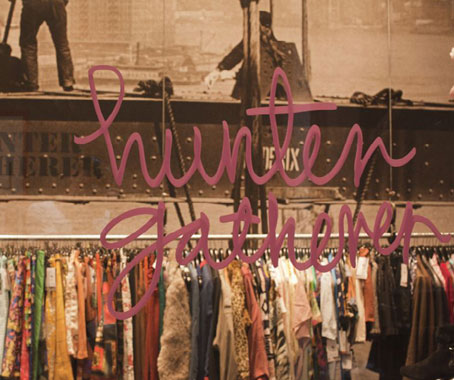
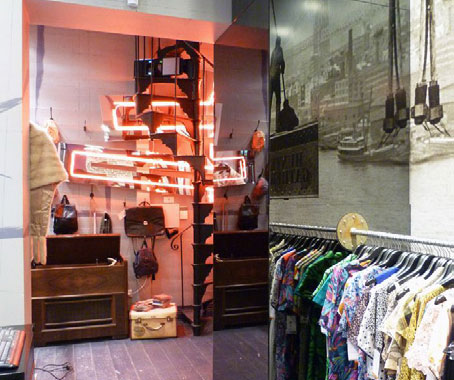
More than just a second-hand clothing store, Hunter Gatherer hand-picks each of its items, stocks jewellery from local artisans and partners with emerging Melbourne designers to create upcycled garments from donated clothing that can’t otherwise be used.
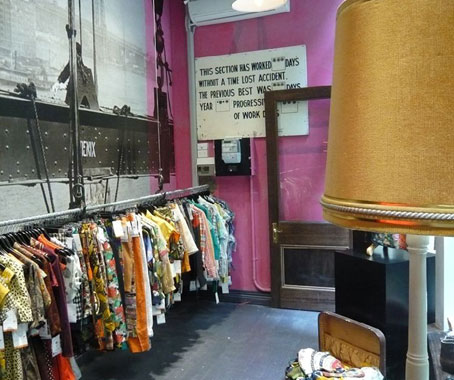
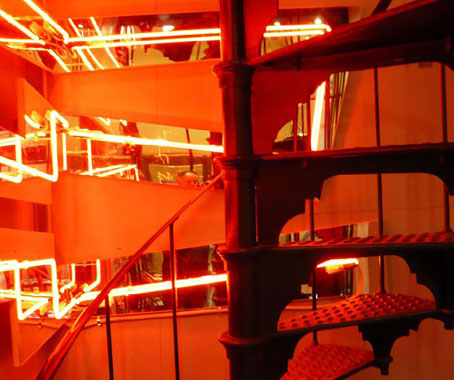
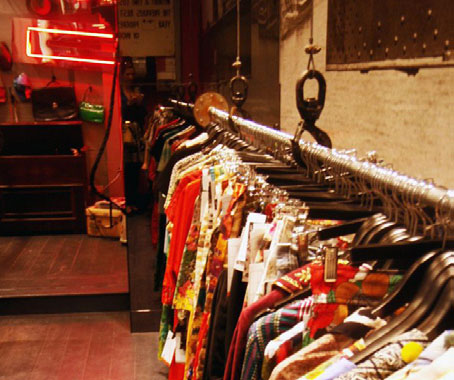
Hunter Gatherer deliberately brings the normally sub-cultural vintage movement to the normally conservative customer base of the Royal Arcade.
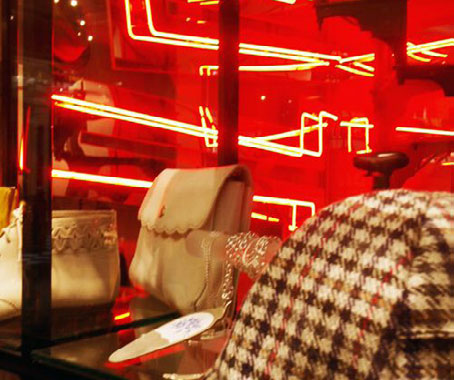
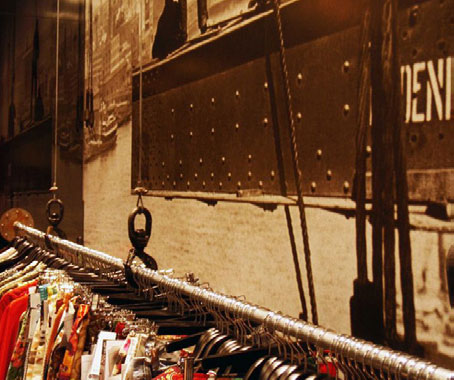
The Retail Design Institute awarded second place to Juicy Design in collaboration with David Caon, for their Audio Technica store in Westfield Sydney.
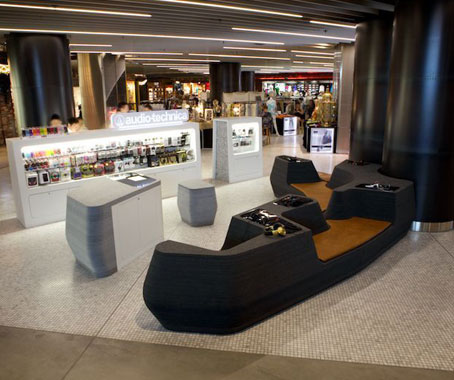
Juicy and Caon created an immersive, interactive space for the Japanese headphone company, featuring ’soundscape lounges’ made of layers of Woven Image EchoPanel. The fit-out provides an ideal way for Audio Technica to demonstrate and sell its products.
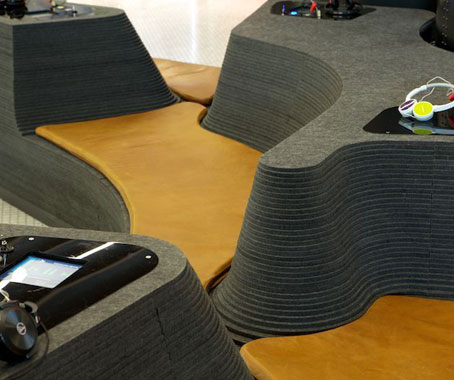
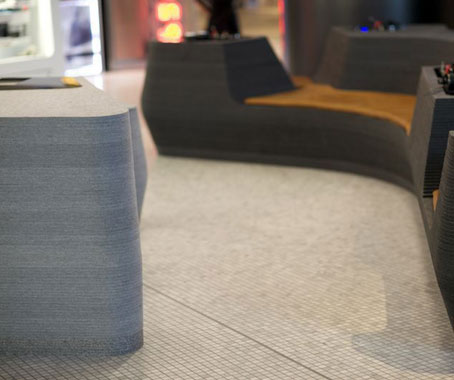
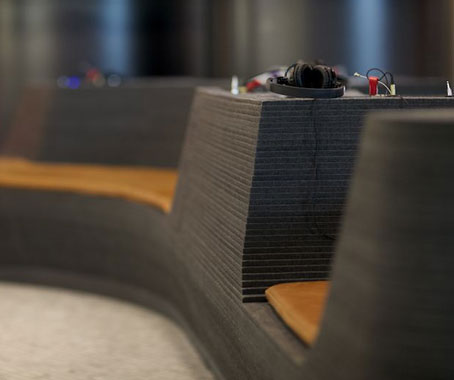
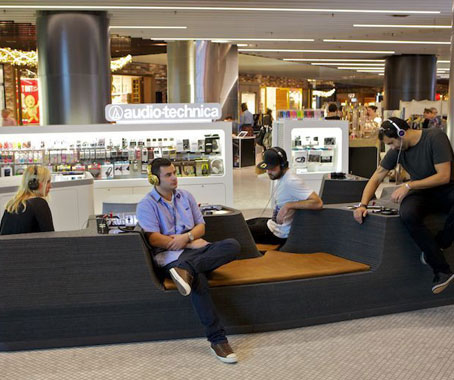
First place was awarded to Ryan Russell for Russell & George, for his design of the Crumpler Doncaster store, which reinvents the notion of a traditional retail interior.

Russell designed the space to be considered more a woven object than a store. The traditional transparent shopfront becomes a changing, dynamic element that changes with the viewer’s perspective.
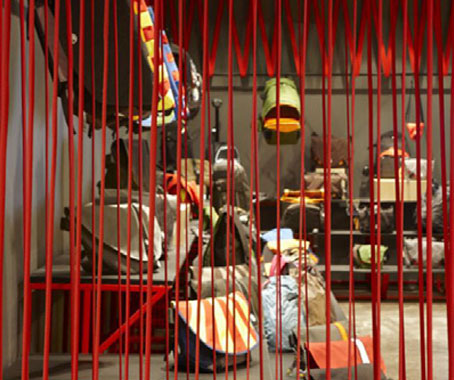
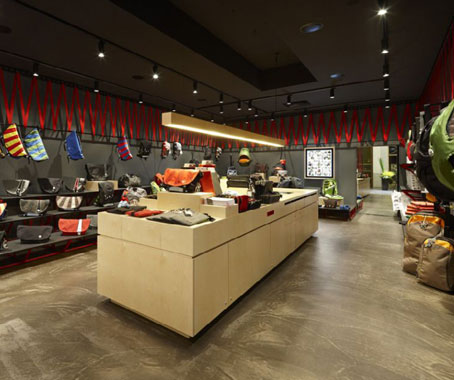
Retail Design Institute
retaildesigninstitute.org.au
INDESIGN is on instagram
Follow @indesignlive
A searchable and comprehensive guide for specifying leading products and their suppliers
Keep up to date with the latest and greatest from our industry BFF's!

BLANCOCULINA-S II Sensor promotes water efficiency and reduces waste, representing a leap forward in faucet technology.

Within the intimate confines of compact living, where space is at a premium, efficiency is critical and dining out often trumps home cooking, Gaggenau’s 400 Series Culinary Drawer proves that limited space can, in fact, unlock unlimited culinary possibilities.

Schneider Electric’s new range are making bulky outlets a thing of the past with the new UNICA X collection.

In design, the concept of absence is particularly powerful – it’s the abundant potential of deliberate non-presence that amplifies the impact of what is. And it is this realm of sophisticated subtraction that Gaggenau’s Dishwasher 400 Series so generously – and quietly – occupies.

Whether minimalist or maximalist, education design ultimately needs to be adaptable. Leanne Amodeo explores the power of flexibility in contemporary education spaces.
Join our informative guides for a tour of the Light Walk. Learn more about the amazing installations that feature on the walk and what makes them ‘smart’, be it low energy usage, new technologies or clever design. There is much more to each artwork than meets the eye!
The internet never sleeps! Here's the stuff you might have missed

Whilst in Australia with Living Edge, Muuto CEO, Anders Cleeman, spoke on the five principles that shape Muuto’s neuroaesthetic approach to product design, and creating humanistic spaces.

Stephen McGarry redefines architecture as an emotive and contextual artform, blending storytelling, material sensitivity, and cultural memory in his shortlisted Bruce Street project.